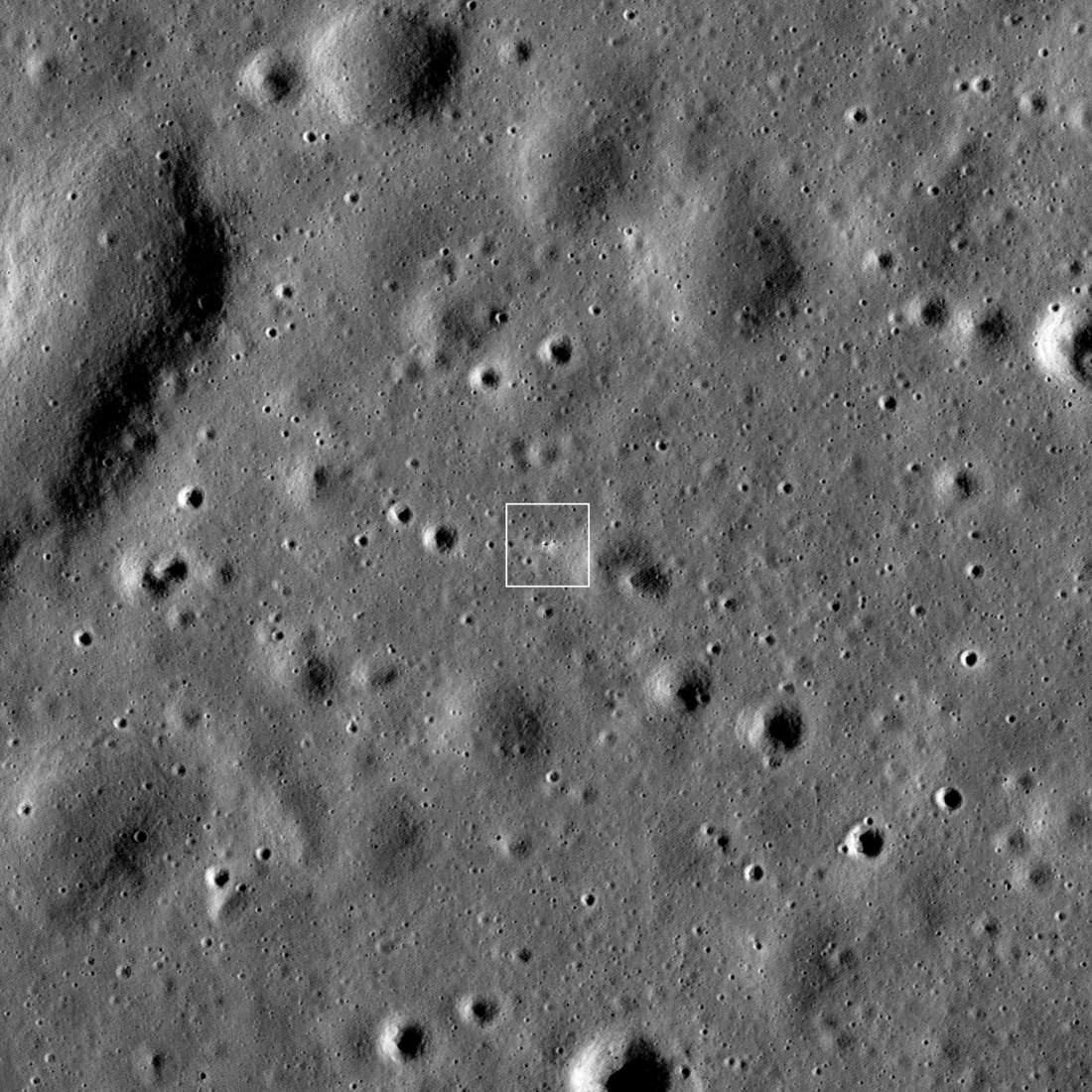

The physical state of grains (glass vs. crystalline), chemistry (primarily variations in iron and titanium), and grain size control the reflectance properties of the lunar regolith. When a light ray hits a grain, it will either scatter back towards (backscatter) or away from (forward scatter) the Sun. By acquiring images by looking back toward the Sun (being very careful not to let the camera point at the Sun), the scattering properties of the surface become apparent. The phase angle is the angle between the Sun vector (the incidence angle) and the camera view line intersection with the surface. In this case, the Sun angle was 71°, and the camera view angle was 39°, resulting in a phase angle of 113°. Because the Sun and camera lines are not on the same plane, the two angles do not exactly add up to the 113° phase angle.
Over the next several months, LROC will acquire observations over a broad range of Sun, camera, and thus phase angles, allowing scientists to investigate how the Blue Ghost engine plume disturbed the surface.
Full NAC mosaic showing Mons Latreille, the Blue Ghost landing site, and a portion of Mare Crisium. North is up; the mosaic is 14 kilometers wide at the center, M1495633125LR (NASA/GSFC/Arizona State University).
Related Featured Images
Blue Ghost Lunar Lander Seen From Above
Firefly Blue Ghost Landing Region
Published by Mark Robinson on 21 March 2025